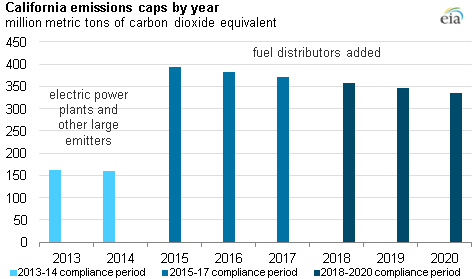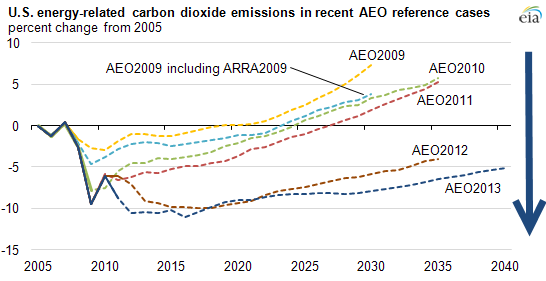Washington, DC — A new U.S. Department of Energy (DOE) cooperative research and development agreement to develop, test, and deploy a dynamic simulator and operator training system (OTS) could eventually help commercialize important carbon capture technologies at the nation’s power plants.
The high-fidelity, real-time OTS for a generic supercritical once-through (SCOT) pulverized-coal power plant will be installed at the National Energy Technology Laboratory’s (NETL’s) Advanced Virtual Energy Simulation Training and Research (AVESTAR) Center in Morgantown, W.Va. It will be used for collaborative research, industry workforce training, and engineering education on SCOT plant operations and control under the agreement signed with Invensys Operations Management.
The SCOT dynamic model will be designed to include all process- and heat-integration connections to post-combustion CO2-capture, -compression, and -utilization processes, allowing it to serve as the baseline power plant model for DOE’s Carbon Capture Simulation Initiative (CCSI). The NETL-led CCSI is a partnership among national laboratories, industry, and academic institutions geared toward developing and deploying state-of-the-art computational modeling and simulation tools to accelerate the commercialization and widespread use of carbon-capture technologies at the nation’s power plants. By developing effective strategies for the operation and control of carbon-capture technologies, CCSI is expected to have a significant impact on the extent and rate at which commercial-scale capture processes will be scaled-up, deployed, and used.
Working in collaboration with NETL, Invensys will develop the SCOT dynamic simulator/OTS using Invensys’ SimSci-Esscor® DYNSIM® dynamic simulation software and Wonderware® InTouch® operator training interface software . NETL and Invensys previously collaborated on the high-fidelity, full-scope, real-time dynamic simulator/OTS for an integrated gasification combined cycle (IGCC) power plant with CO2 capture that is currently deployed at the AVESTAR Center. The IGCC dynamic simulator also utilizes Invensys Operations Management’s software, ensuring that both simulators will efficiently coexist on the AVESTAR computer hardware.
The SCOT dynamic simulator developed under this agreement will enable the AVESTAR Center to provide a virtual test bed for optimizing the operation and control of post-combustion CO2-capture technologies. Ultimately, the collaborative research conducted through this partnership will be used to accelerate progress toward achieving operational excellence for SCOT pulverized-coal power plants with carbon capture.


